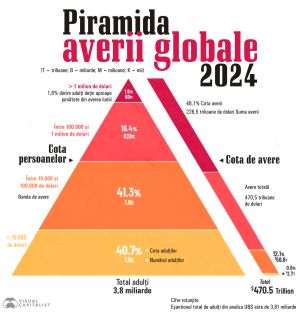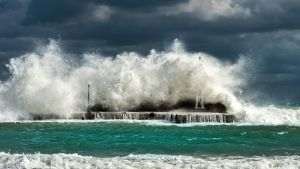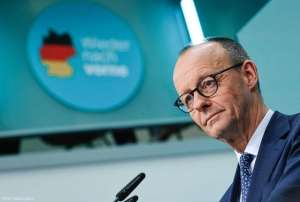Political parties and independent candidates spent nearly one million dollars (983,645 USD) on newspaper and radio advertisements throughout the first week of the electoral campaign, according to a monitoring report by The Public Policies Institute (IPP). "We calculated the rate card value of advertising expenses, without considering the value of discounts, which we do not know and probably varies from one case to the next," said IPP director Adrian Moraru. He added that the aggregate sum of electoral expenses was definitely much larger, but IPP could only quantify media advertising expenses, without being able to calculate what parties had spent on banners, campaign staff or various forms of promotion other than advertisements.
The ruling Social Democrat Party (PSD) was by far the biggest spender throughout the first campaign week, with 298,000 USD spent on print ads. This sum does not include the 62,000 USD spent on the teasing campaign mounted for PSD's mayoral candidate Mircea Geoana. "We separated this teasing campaign from PSD's budget because, officially speaking, we do not know who created it and for whom," Moraru explained. He stressed that The Court of Audits should take notice of this teasing campaign because the law clearly stipulates that both the beneficiary and the designer/creator of electoral advertising must be publicly known.
The sum that PSD spent on print ads is even higher if it is cumulated with the expenses incurred by PSD's Marian Vanghelie, who runs as an independent for mayor of Bucharest Sector 5. Vanghelie spent 116,000 USD during the first week of campaigning, which is three times as much as the cap established by The Political Party Financing Law. Under the law, a sectorial mayor candidate can spend up to the equivalent of 500 gross minimum wages, that is, 1.4 billion ROL (some 40,000 USD).
The alliance formed by The National Liberal Party (PNL) and The Democrat Party (PD) spent 2.5. times less than PSD, that is, 190,000 USD. Although they spent less, PNL and PD also broke the law, by running electoral ads before the official beginning of the campaign. "The advertising of the concert organized for the launching of their candidates for mayor of Bucharest and sectorial mayors of Bucharest took place before the beginning of the campaign and was of an obviously electoral nature," Moraru said. The Romanian Humanist Party (PUR) spent more or less the same as PNL-PD: 191,000 USD. "If discounts were granted for electoral ads bought in bulk, such discounts must be entered in the respective parties' accounts as private donations," the IPP director stressed. The Greater Romania Party (PRM) spent the smallest sum of all the monitored parties: 5,000 USD. According to IPP, the organization monitored 13 television channels, eight radio channels, 23 Bucharest-based newspapers, 56 local newspapers and 85 magazines. One of the conclusions revealed by this monitoring is that the newspapers' revenue rocketed because of the ban levied on television and radio electoral ads. Compared to the year 2000 elections, the new law regulating elections bans television and radio stations from selling electoral air time, which obviously benefits the printed media.























































